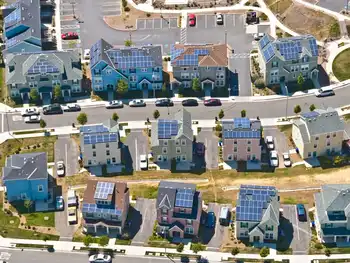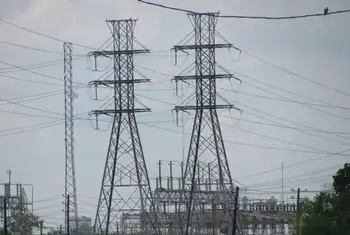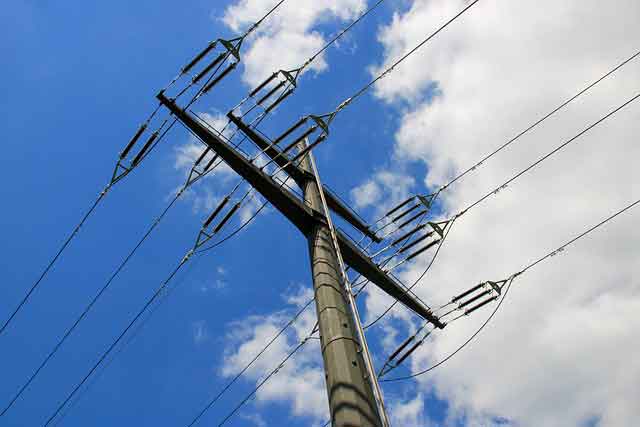Four B.C. Communities Switch to Hydro Grid
By Vancouver Sun
Substation Relay Protection Training
Our customized live online or in‑person group training can be delivered to your staff at your location.

- Live Online
- 12 hours Instructor-led
- Group Training Available
The Uchucklesaht Tribe, known as Elhlateese Indian Reserve 2, located in Barclay Sound on Vancouver Island and the Nuxalk Nation in Bella Coola will be converting this spring. This fall the Kwadacha Nation, at Fort Ware, approximately 570 km north of Prince George, and the Tsay Keh Dene Band in Prince George will follow.
Three Lower St'at'imc Nation Bands have already received Smart Meters - the Douglas, Skatin and Samahquam - located between Pemberton and Harrison Hot Springs and were hooked up to the grid in 2011.
Meanwhile, The Lower Nicola Indian Band near Merritt is considering preventing the installation of the smart meters on the reserve's public buildings.
Chief Victor York said some of the band members complained of headaches around the time BC Hydro started replacing the digital and analog power consumption meters with the wireless-enabled smart meters on their homes. He said the band will discuss whether to allow BC Hydro to install the meters at public buildings at the next general meeting later this month.
"We can't tell people, when they are paying their own heating bills, whether they can have smart meters installed on their homes or not. But for the public buildings it will be discussed," he said.
Last summer, BC Hydro began the process of replacing more than 1.8 million analog meters throughout the province with smart meters, which are capable of providing hourly information about electricity consumption.
The upgrade is expected to be completed by the end of December.
BC Hydro spokeswoman Cindy Verschoor said there is a dedicated team at BC Hydro working with first nations in B.C. and providing information about the change. So far the Lower Nicola Indian Band is the only one that has expressed concerns.
"The bottom line is: if any customer has a concern all they have to do is contact us and we'll delay installation until we address their concern," she said.











